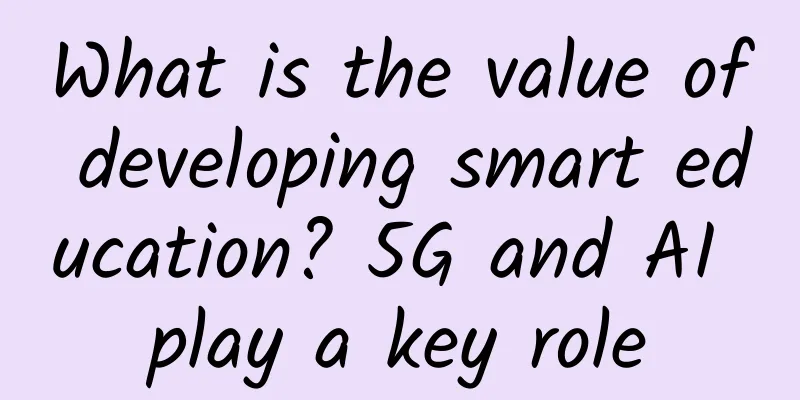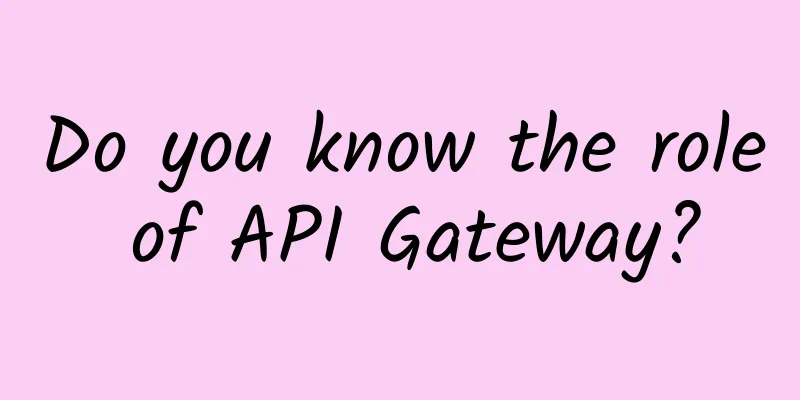What is the value of developing smart education? 5G and AI play a key role

|
As the domestic prevention and control situation has become basically stable, various places have begun to deploy the "resumption of classes" in primary, secondary and high schools. At present, most primary and secondary schools have resumed classes, and the start time of universities has also been announced one after another. Prior to this, in order to achieve "no suspension of teaching" and "no suspension of learning", the country and local governments have been working hard to give full play to the advantages of the smart education system and promote the development of online learning with the participation of social forces.
It is in this special crisis that smart education represented by "cloud teaching" and "cloud learning" has developed rapidly, and its market penetration has increased rapidly. However, it should be pointed out that smart education is not just about "clouding" various educational resources, but also includes cutting-edge technologies such as artificial intelligence and 5G, as well as the application of smart devices such as robots, VR/AR, etc. Solving the problem of unbalanced educational resources With the development of the national economy and the advancement of urbanization, the domestic education level has been greatly improved. Generally speaking, in the eastern coastal provinces and some key cities in the central and western regions, educational resources are relatively abundant, and the concentration of high-quality resources is also high. The education level has reached the international advanced level. However, this situation has also led to the increasingly prominent problem of uneven distribution of educational resources. At present, the imbalance in the distribution of educational resources, especially high-quality educational resources, between the eastern region and the central and western regions has become a serious problem. In many remote areas, not only are there a lack of excellent teachers, but some even have problems with basic teacher configuration. In addition, these remote areas also have great deficiencies in hardware facilities. To solve this dilemma, we must actively use the power of science and technology, and this is where the value of smart education lies. On the one hand, by developing smart education, we can gradually release the high-quality and huge teacher resources in large and medium-sized cities, so that some teacher resources can be liberated and tilted to other regions. In this way, students in small and medium-sized cities and remote areas can get better education through distance learning; local teachers can also be better trained and free up some resources for key education. On the other hand, through the development of smart education, a series of intelligent educational equipment can be used to improve the educational environment and level of rural schools, enhance the educational ability and efficiency of local teachers, and allow students to acquire more new knowledge and skills with the help of these devices, thereby breaking the shackles imposed on education and learning by the objective environment. In this process, whether it is the 5G network with advantages such as high speed and low latency, or the holographic projection technology that can carry out realistic teaching, or the VR/AR equipment that can enable learning experience more fun and results, as well as artificial intelligence technology and intelligent robots that help teachers free their hands and energy, they are all playing a key role. How to promote the development of smart education? The implementation of smart education involves many aspects, and naturally cannot be separated from the support of governments at all levels and competent departments. Therefore, in the process of promoting the development of smart education, the role of policy support cannot be ignored. At present, many places in my country have issued relevant policies on the development of smart education. If these measures are quickly implemented, they will bring real benefits to the development of smart education. At the same time, the development of smart education also requires the implementation of "wisdom". First, we need to increase financial investment, upgrade universities, middle schools and primary schools to smart ones, build smart classrooms, etc., and actively introduce relevant cutting-edge technologies and equipment for application; second, we need to strengthen the cultivation and training of teachers so that they can keep up with the pace of smart education development and better "teach and solve problems". If driverless cars and drones solve the "last mile" of logistics and distribution, and shared bikes solve the "last mile" of travel, then smart education solves the "last mile" of maximizing the use of educational resources. In today's era, no matter which field or industry, we should actively embrace the power of science and technology and actively promote intelligent, digital, and networked upgrades, so as to keep up with the pace of the times and solve past problems. This is also true for the field of education. |
>>: Channels: Operators’ Breakthrough Skills in the 5G Era
Recommend
Check out the five important characteristics of SD-WAN in 2019
SD-WAN has reached a new inflection point in 2019...
What is Wavelength Division Multiplexing (WDM)? A Beginner's Guide to WDM
Wavelength Division Multiplexing (WDM) has gained...
Google says TCP congestion control algorithm BBRv3 performs well and will be submitted to the Linux kernel mainline this month
BBR (Bottleneck Bandwidth and Round-trip propagat...
13 departments: Develop intelligent manufacturing using cloud computing, 5G, big data and other technologies
According to the website of the National Developm...
Easy to understand, this article will introduce you to the HTTP protocol?
1. What is http? Http protocol is Hypertext trans...
Let's talk about the communication protocol I2C subsystem
I2C Transfer Definition of timing To explore the ...
517 World Telecommunication Day Conference is about to open: three highlights to boost 5G
The "2019 World Telecommunication and Inform...
Computer Network Architecture
[[416546]] The formation of computer network arch...
2021: Connectivity disruptors
From 5G to Wi-Fi 6, connectivity is opening up ne...
How does Spanning Tree Protocol prevent network loops and ensure security?
Spanning Tree Protocol (STP) is one of the key me...
The United States announced to the world that it would no longer force China's three major operators, but British companies rose to the challenge
On the last day of last month, the New York Stock...
Sharktech: 1Gbps unlimited traffic high-defense server starting at $49 per month, Denver & Los Angeles data centers
Sharktech, also known as SK Data Center or Shark ...
Sparks from blockchain and the Internet of Things
The Internet of Things is the application that is...
From theory to practice: the wide application of MUX VLAN in the network
Background of MUX VLAN MUX VLAN (Multiplex VLAN) ...
Talking about HTTP connection related knowledge
[[374909]] This article will first introduce the ...







![[Christmas] Unesty VPS 50% off, €2.1/month-AMD Ryzen9/2GB/50G NVMe/1Gbps unlimited traffic](/upload/images/67cabc82eb707.webp)

